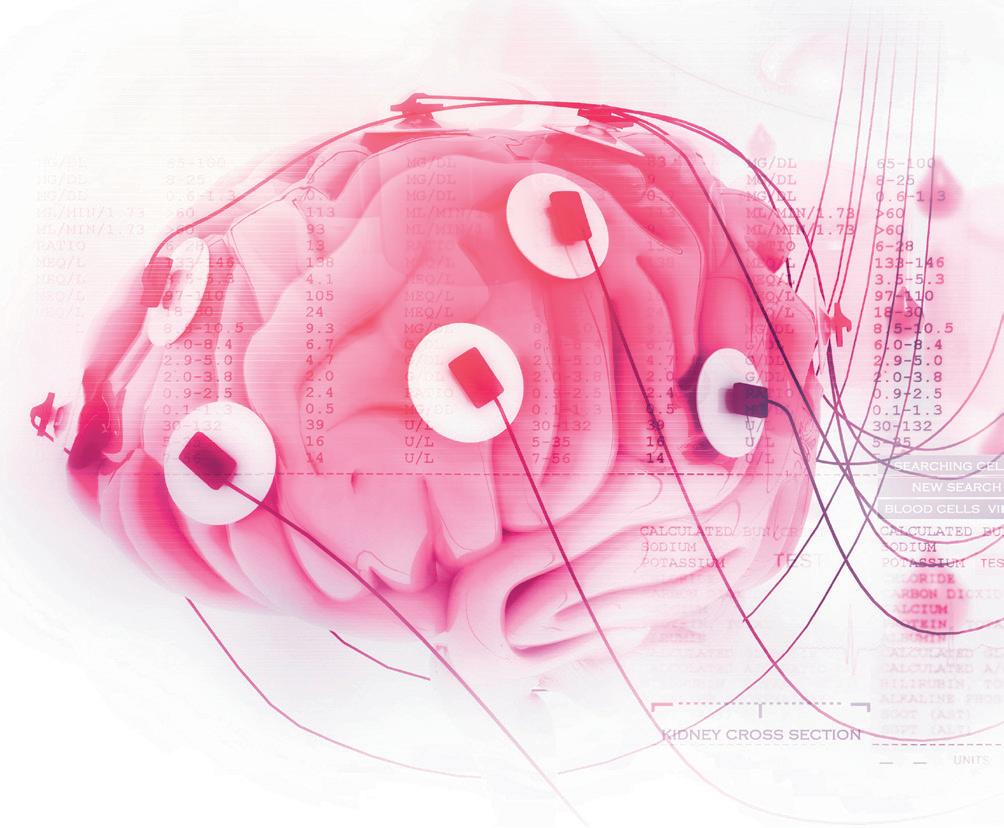18
SUSTAINABILITY
Adopting sustainable practices in biopharma One example from our packaging targets is to eliminate polystyrene from our packaging materials from our supply chain.
Quick questions with Ryan Walker, Cytiva’s sustainability program leader How does biopharma compare to other sectors when it comes to sustainable practices? Sustainability is a great unifier for the life sciences industry. In recent years we have seen an acceleration in the adoption of sustainable business practices. The industry is coalescing around how we should deal with plastics, waste management, carbon, and emissions. It’s going to take all of us working together – customers, manufacturers, and suppliers to tackle these issues. Are you encouraged by the life sciences industry’s progress in becoming more sustainable? Yes, I am very encouraged by the how the life sciences industry has come together to tackle this challenge. Progress in sustainability is complex and we must remember that each ‘action’ has domino effects, so something such as the recycling of plastics must be looked at from all environmental and societal angles. Cytiva has committed to ambitious targets toward 2025 – spanning carbon emissions, water, plastics, and packaging.
The life sciences industry uses a lot of single-use plastics. What have been some of the challenges when trying to recycle single-use plastics? It’s important to point out that single-use plastics are a better alternative than stainless steel manufacturing methods, which require a lot of water and chemicals to change batches. According to two life cycle assessments (LCA) commissioned by Cytiva in 2016 and 2018, single-use technologies have the environmental advantage over traditional stainless-steel manufacturing. It requires less energy and eliminates water and chemicals for cleaning during use, yet it still has its challenges. Complex composition, plus the biocontamination, make some plastics used in the manufacture of biological medicines difficult to recycle. Some of the other challenges include: • Limited ability to process different types of plastic • Some products include rubber and metal, in addition to plastic. Then the question becomes who is responsible for the recycling? • Many recyclers are not capable of ‘cleansing’ a plastic product that has been biocontaminated so it can be recycled. Progress is being made but this part is strictly regulated and therefore difficult to do. This is a great example of how the industry has come together to find innovative solution to recycle plastics. Representatives from Cytiva are working with industry organisations to find ways we can work with other life sciences companies to redesign products, rethink packaging, and address the end-of-life recycling options. There are shorter-term focus areas in mechanical recycling
and longer-term focus areas in advanced (chemical) recycling. The goal is to design products that take environmental factors into every phase of the design process. Could you tell us about Cytiva’s initiative with TerraCycle on recycling plastic filters? This is dedicated to reducing plastic lab waste – specifically it’s set up to recycle filtration devices and turn them into something new. Labs collect their plastic waste in a Zero Waste Box, send it back to TerraCycle, who sorts and recycles the plastic. What do you think of some of the announcements made by pharma companies at COP26? The commitment from companies to create more sustainable business practices was very exciting. Our goals will be achieved by working together- not just industry, but governments, NGOs, to address this global challenge. Our mission and vision align with good health and well-being, but we aren’t stopping there. We conducted a materiality assessment to understand where we can have the greatest impact and that has led to environmental focus areas such as climate action, clean water, and responsible consumption and production to working across the value chain in partnership for the goals. Is the need to become sustainable encouraging innovation within the biopharma manufacturing process and supply chain? The need to be more sustainable is encouraging innovation across the life sciences ecosystem. From programs such as TerraCycle to commitment to creating products that minimise the use of resources and materials. Circular design is bringing more functions together to share expertise and create more sustainable solutions.




